Stoddart Review: then and now
The Stoddart Review, released in 2016, was the first major report that explored the role of the workplace in extensive detail. How does it stand the test of time?

MORE STORIES
Please click here to chat through what you'd like your Success Story to be.
The Stoddart Review, released in 2016, was the first major report that explored the role of the workplace in extensive detail and why the office environment was key for organisational and productivity purposes. It sought to raise awareness among FM and business leaders of the importance of the workplace.
There has been a huge shift in the world of work since 2016, but regardless of these events, new ways of working have been on the rise since before 2020. What we once knew as the workplace has changed forever.
The "productive" workplace
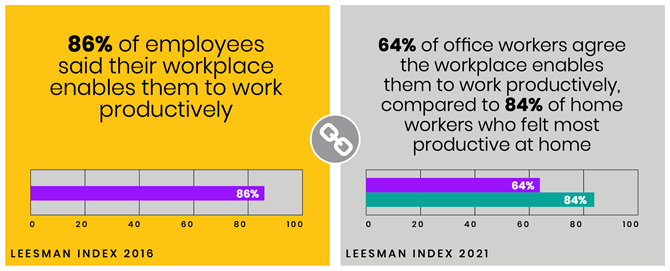
That’s a 22% reduction, demonstrating the shift that has taken place when it comes to perceptions of productivity in the workplace now the home is a viable and sometimes preferred option for many.
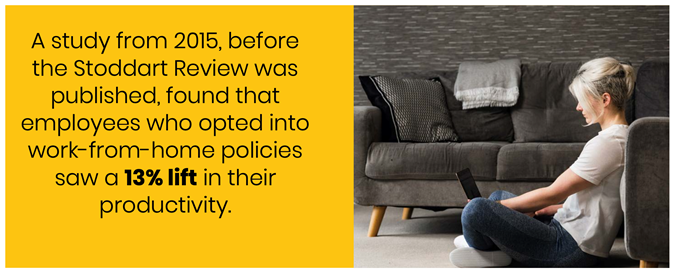
It seems that where we work is not the key, rather the allowance of autonomy inspires smarter working.
Office usage
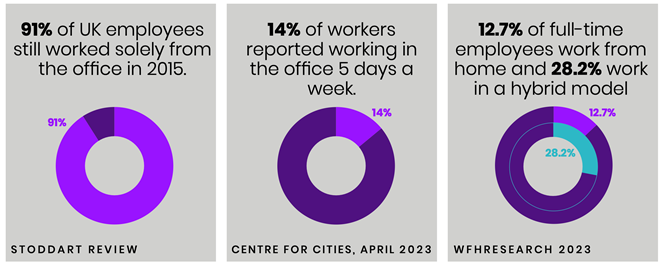
This leaves an estimated 59.1% of people who are not working from home. The Stanford Institute research, which we recently investigated, did not include contractors, self-employed, or part-time workers in its study, and acknowledgesthat the definition of the ‘office’ stretches beyond the white-collar job. One of the researchers told Fortune magazine:
“There are many people in that sample that do frontline jobs, for example in retail, manufacturing, or hotels and restaurants, and they naturally don’t work from home because of the nature of those jobs”.
This shows us that, while it is true to say 59.1% of people do not work from home, it is a misleading statistic when discussing the world of office-based work.
Office distractions
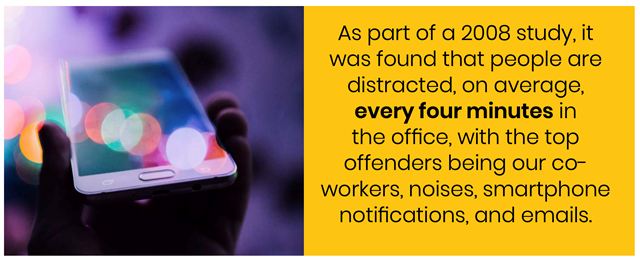
While our emails and phones do follow us home, with the lack of noise and human interruptions, it makes sense that workers are reporting better productivity at home.
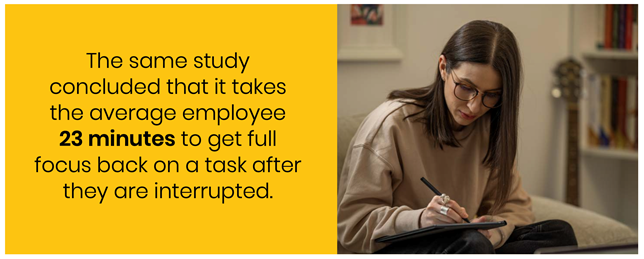
Office design
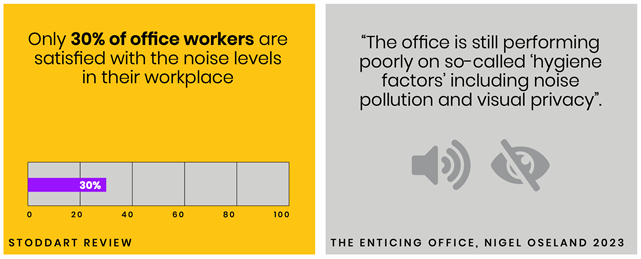
So, there has been next to no change across the last seven years when it comes to the physical conditions of the office.
Oseland determines that allocated desks are a good motivation to have more people in the office and that organisations looking to transition to a hotdesking system should think more deeply about the impact the move will have on their employees.
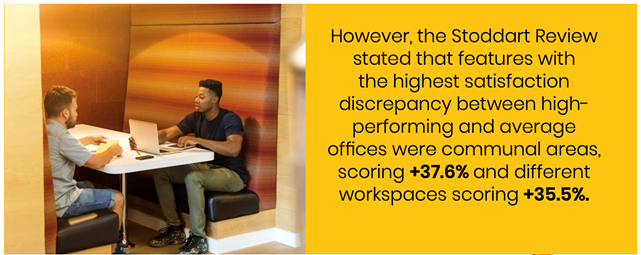
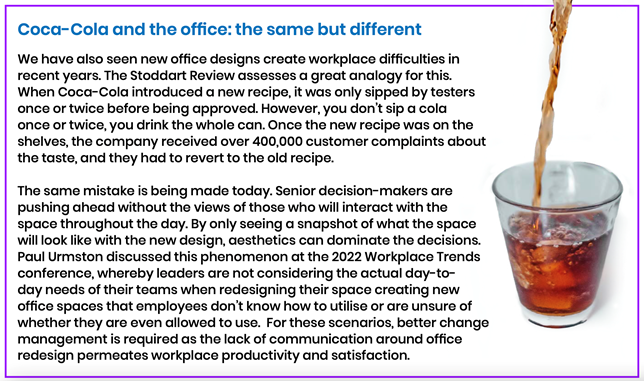
Where we stand today
The psychology and academic approach of the Stoddart Review still rings true today; we need a human-centric approach to the workplace. The pandemic has increased the priority of these elements, both for supporting productivity and to try and get people back to the workplace again.
ISS reported last year that nearly two-thirds of global businesses are currentlyinvesting in their office.
The psychology and academic approach of the Stoddart Review still rings truetoday; we need a human-centric approach to the workplace. Our productivity as a nation, however, continues to waver.
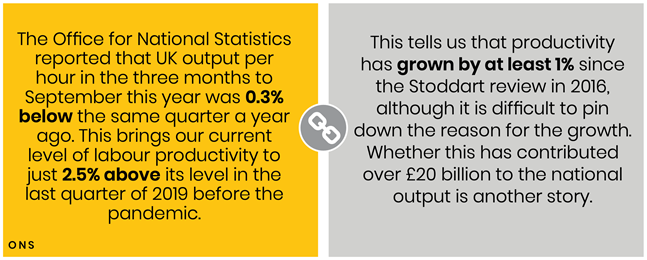
A new Stoddart Review?
A new edition of the Stoddart Review would offer a much-needed deep dive into the realities of working from home, how we work from home productively, and what the measurement of productivity means in the 2020s.
For the people who are choosing to come to the office, why? Is it to do with home office setups not supporting workers’ needs, or is it because they are part of the young generation, and they don’t even have space for a desk in their rentedhouse share? These are all conditions that need to be investigated further.
Ultimately, productivity is a wholly personal thing, to an individual, and a business.
Find out more about Business Moves Group and how we can assist your business with change management and relocation services.
MORE STORIES
Please click here to chat through what you'd like your Success Story to be.





